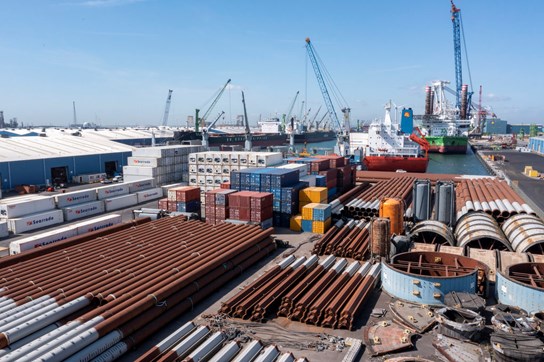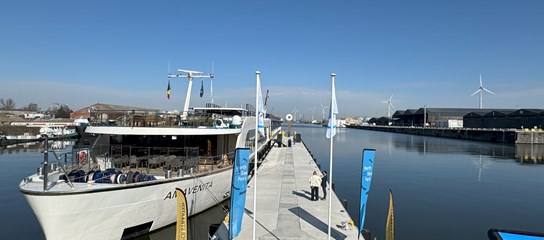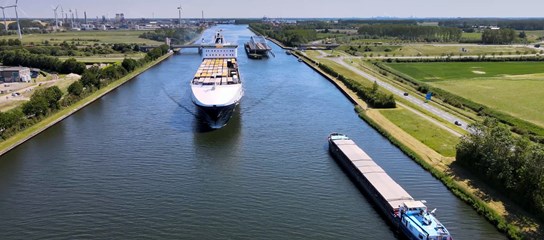European economy and geopolitics continue to act as drag on North Sea Port's cargo throughput
The decrease concerns 6.5 million tonnes less throughput than in the same period in 2022. The biggest fall was recorded in mass goods. Liquid bulk (naphtha, diesel and biodiesel) fell by 15.2% to 11.2 million tons. Dry bulk (solid fuels such as coal, ores, agricultural products and construction materials) saw a 12.7% decrease in transshipment, totalling 26.7 million tons.
Container transshipment also fell (-7.8%) to 1.6 million tons. General cargo (break bulk) declined by 5.4% to 7.3 million tons. Ro-ro (wheeled cargo) remained at 2.8 million tons.
Two types of goods displayed a notable positive trend. During the first three quarters of this year, more food products were handled (+9% or +0.3 million tons), while the transshipment of products from the metal industry remained at the same level.
The fall in seaborne cargo transshipment was seen mainly in imports (-13.1% or 5.3 million tons less). For exports, the reduction was smaller (-7.7%, or 1.2 million tons less). The import-export ratio was 71% : 29%.
Inland navigation cargo transhipment stood at 46.8 million tons, which represents a slight decrease of 3.8% (-1.9 million tons) compared to the same period in 2022. As such, it is holding up better than maritime transshipment.
Decline constant
2022 was North Sea Port's best year ever. Given decreased global demand, high energy prices and geopolitical tensions in Europe and the Middle East, it is not surprising that transshipment should be down this year. The decline had already set in during the first six months and continued at a similar rate at around -11%. Although stocks at the port remained at maximum levels until the summer, demand has declined since the third quarter, as is visible in the steel, logistics, (petro)chemicals and automotive industries. So it remains to be seen what the next few months will bring.




